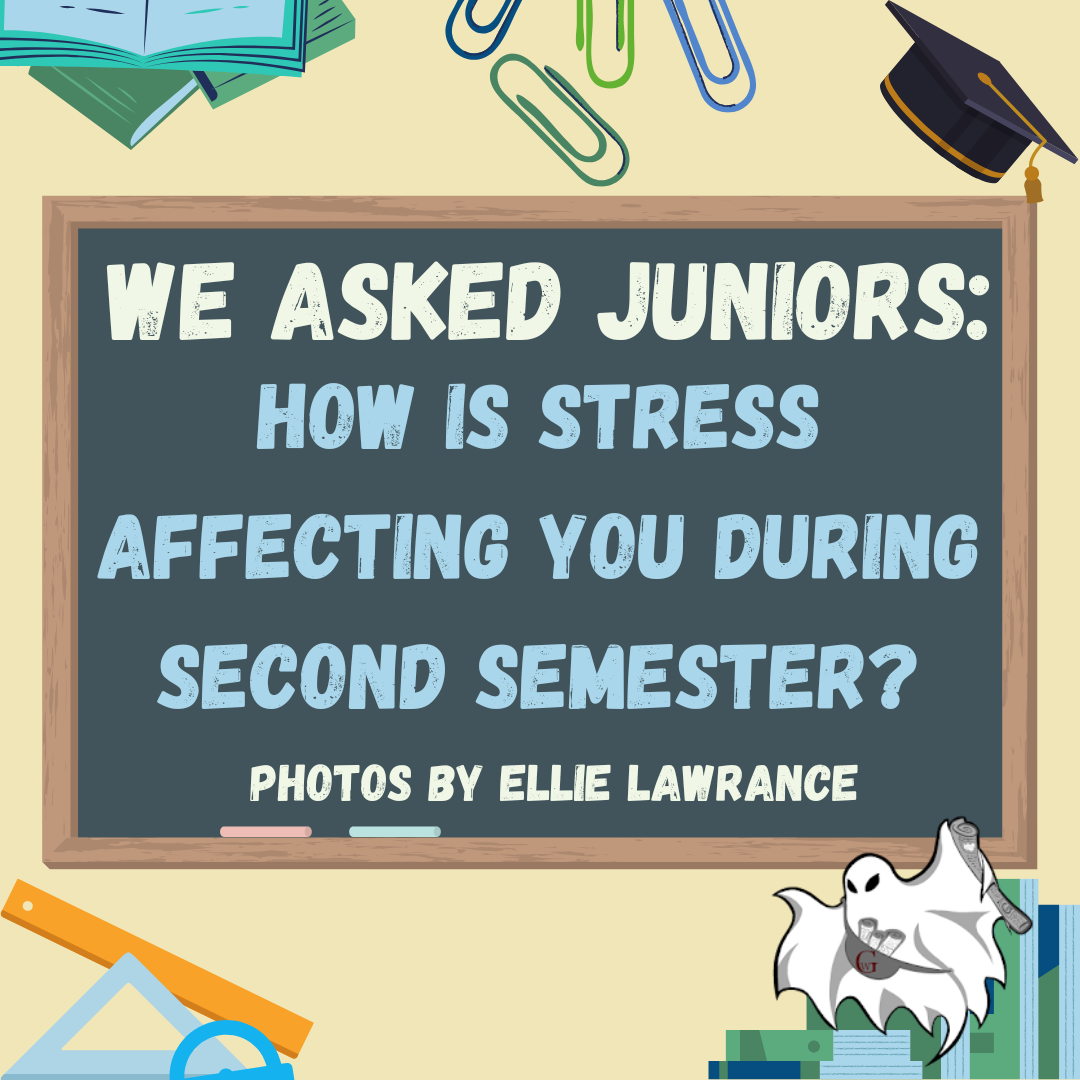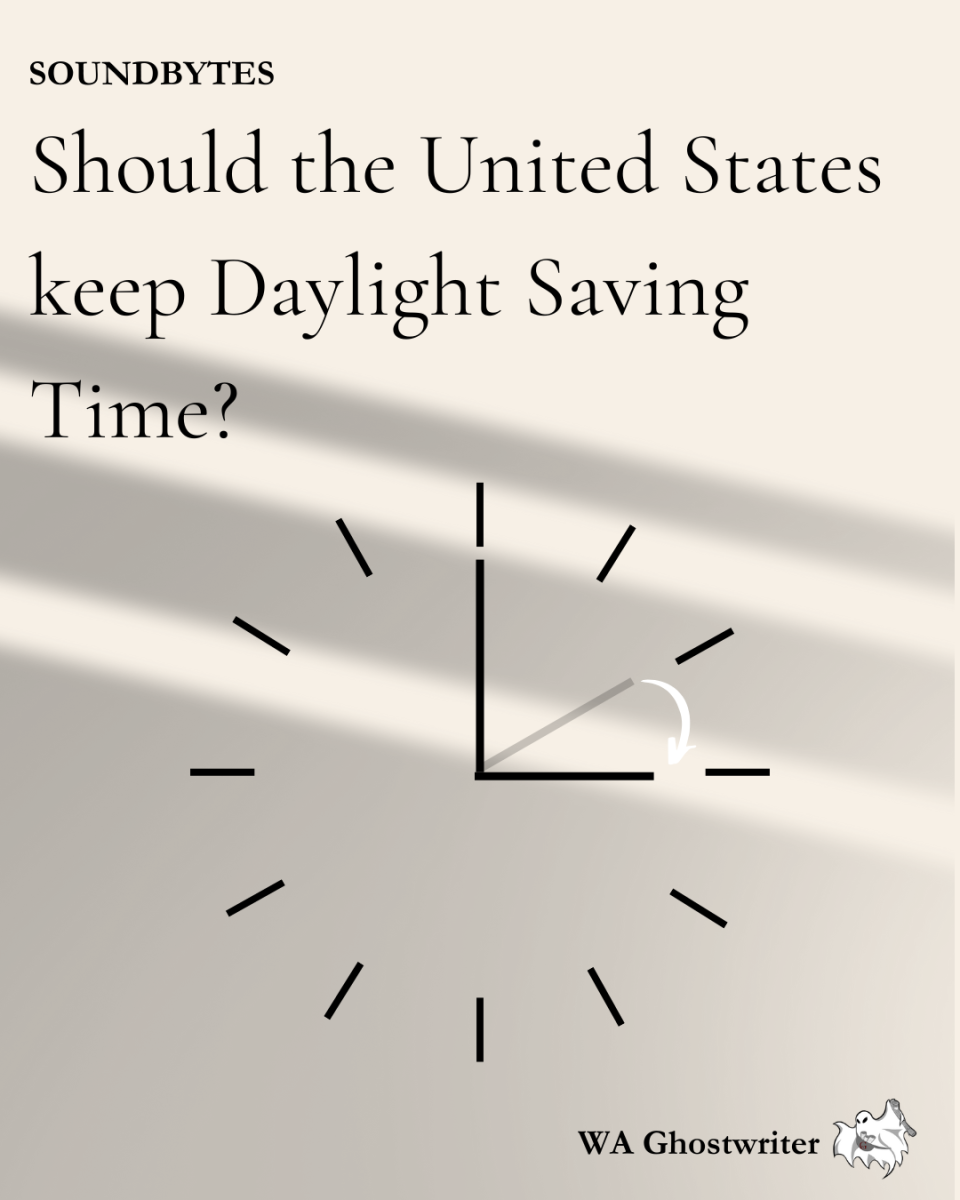In some people’s eyes, high school is viewed as an institution merely built to facilitate the learning of young minds. While this still stands true, the term “school spirit” serves as another crucial aspect to the foundation of these four years. This spirit, however, is something beyond the scene of dodgeball and tug of war contests. This spirit is a sense of community created through events, which is crucial to enriching relationships of students in these highly formative years.
Throughout the week of Oct. 16 to Oct. 20, an agenda of spirit days were organized by STUCO in hopes of school wide participation. The themes ranged from pajama day, to formal day, and even “anything but a backpack” day. While they initially come off as trivial and even silly requests, these spirit days are actually very beneficial to the learning environment.
Yet, these aren’t the only instances of spirit. Classes, clubs, and other organizations are constantly having events throughout the school year, including restaurant fundraisers and other planned activities open to students.
Coinciding with fundraising, these can provide an outlet for peers to create better connections and communities. With an expansive club list, WA further provides for the cultivation of many niches.
One could argue that, despite not being the typical, all-American, pep-rally ideas of school spirit, any outlet of participation in school-linked activities provide the same sense of community and identity that intertwine with a learning environment. This sense of identity that stems from different interests is what truly cements the meaning of school spirit.
The thing that must be addressed, however, is the difference between spirit and hate. In no way is having that pride and community within our school justification for aggression. I would argue that the two things are opposites but often confused and misrepresented as one another.
Incidents in relation to WA, such as the previous 2022 spirit rally or the Jan., 2022 basketball game, stemmed from ignorant individuals, and not an interest in partaking in school-led pursuits. Oftentimes these two can be conflated, and actions claiming to be spirited can actually be carried through due to hate.
While the primary focus of school continues to be education, shorter attention spans and repetitive classes can lose many people and ultimately discourage learning. When students find additional extracurriculars, which draw them to school, learning can be seen in a different light, as it makes school a much more enriching experience.
In instances where events like these are held by the school, classes are brought together with a common interest, which can be hard with such busy schedules at WA. It is generally a guarantee that you won’t enjoy every second of every class you take in high school. But still, it is in a student’s abilities to enhance how they spend their time.
Supporting this, an online study conducted by The Connecticut Association of Schools surveyed 1,016 high school students from towns across the United States, alongside 315 student parents and 150 high school principals. The selected participants were also proportioned to match the population’s diversity in gender, ethnicity, religion, and other identity factors. This trial ultimately showed that those who showed spirit towards their school “perform better academically, are more socially and civically engaged, and are happier in general than their less-spirited peers”.
The highs and lows of these four years are different for each individual, but one unifying factor is overcoming challenges, whatever they may be. And while this cannot solve every problem, an increase in school spirit and participation can greatly improve these experiences.
The overused, yet incredibly true, quote from all seniors is that high school goes by too quickly. But so does everything. So the opposing argument becomes that spirit is a waste of time, yet ignores the fact that students do not just come to school to learn trigonometry and how to write a good essay; they learn life skills of communication and connection. Without school spirit, the potential for these traits would not be fully utilized.
Students should work in classes but not forget to participate in their own form of spirit. Finding another outlet to create a balance in life is the second half of what one’s learning should become. It would be detrimental to this educational foundation to start removing spirit-oriented projects such as the spirit rally or even certain clubs, as they provide these outlets of continual interest in WA. At the end of the day, you will never get these same opportunities if you were to remove school spirit.








